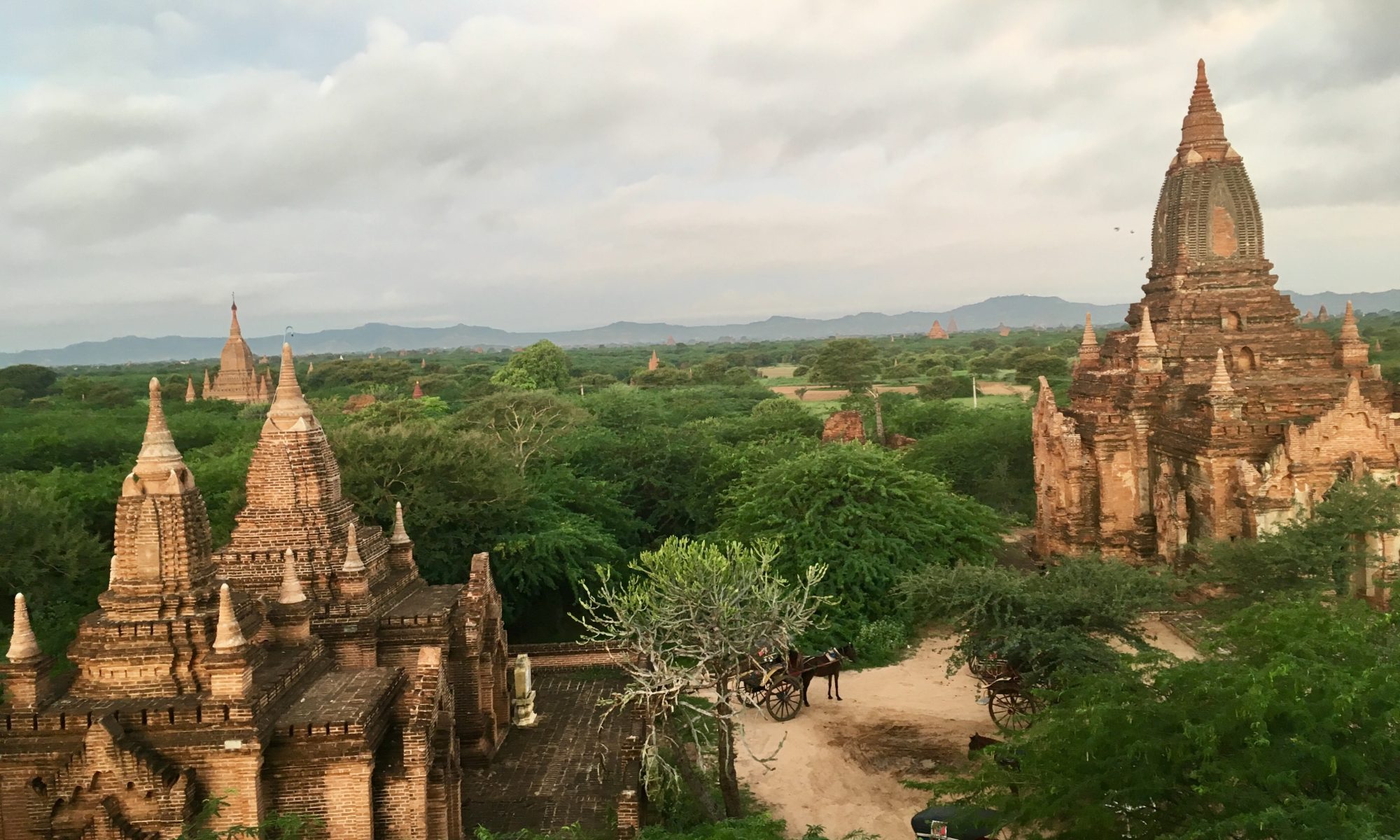One of the perks of being married is always having someone to travel with. Or so I thought. There are reasons like kids’ school, work schedule, or just a simple ‘I don’t want to go there’ that result in us not having our favorite person to travel with. And while there is a trend over the past few years in traveling solo, sometimes we just don’t feel like it.
No fret. Enters a traveling partner.

But like dating or marriage, we cannot simply choose anyone with a passport. Traveling has ruined relationships. But it can also strengthen them. The trick is to find who your ideal traveling partner is. So what should we look for?
Here are what I have identified as the top 5 traits in an ideal traveling partner. Keep in mind that opposites may attract and compromises can be negotiated. But we are here to talk about the perfect partnership after all.
1. Someone with a similar level of tolerance.
It’s all relative. The level of tolerance varies by person. Some people can handle a high level of grossness (those who love to camp al fresco and think nothing of having to do their business in a hole dug by a stick.) Some think they can handle certain gross things under dire circumstances (those who would prefer a clean bathroom in a hotel but would not complain if their only option is a squat toilet in an emergency.) And then there are some who cannot fathom the idea of putting their bottoms on anything else but the cleanest toilet. This also applies to how tolerant the person is with street food or trekking in the jungle. Identify your level of tolerance and that of the other person.

2. Someone who is honest but not mean.
The ideal traveling partner is comfortable at communicating their mind to you. They don’t have to be an open book or an extrovert – just someone who has a comfort level with you that allows them to be themselves. However, while honestly is important, so is the ability to be strategic in presenting information. We don’t need a diplomat here, just someone who thinks before they speak and understands that there can be repercussion to hurtful words.

3. Someone with similar economic background or spending habit.
Just like in a marriage, conflict in any relationship can stem from money. Too little. Too much. Never enough. An ideal traveling partner will have the same spending habit or expectation as you. It will not be any fun if you want to splurge on spa treatments or expensive meals if the other sees them as a waste of money. On the other hand, you don’t want to be the anchor around your partner’s neck if they want the Ritz and all you budgeted for is a bed and a bathroom at a hostel. Economics will determine whether you will take overnight bus and train vs. fly in planes or charter private cars which would affect the comfort level of the trip.

4. Someone who is interesting to you.
We’re not looking for a Nobel prize winner – just a person you find fascinating in some way. Be it burping the alphabet or knowing every single thing about the renaissance movement in Italy, they have the ability to hold your attention and inspire you.

5. Someone with a sense of humor.
There will be moments when things don’t go smoothly. There will be times when you are so angry you can fry an egg on your face. Bad things happen. You need someone who can still laugh (after you finish cursing) in those bad moments.
![]()
So there you have it: 5 traits in a perfect traveling partner. Remember, once you think you have found that person, be frank at sharing your own quirks and limitation. You may think you can change yourself to fit someone’s ideal, but it would only blow up in your face. And you don’t want that to happen on the street of Rome when you’re both exhausted after an overnight train from Venice. Believe me.


































































